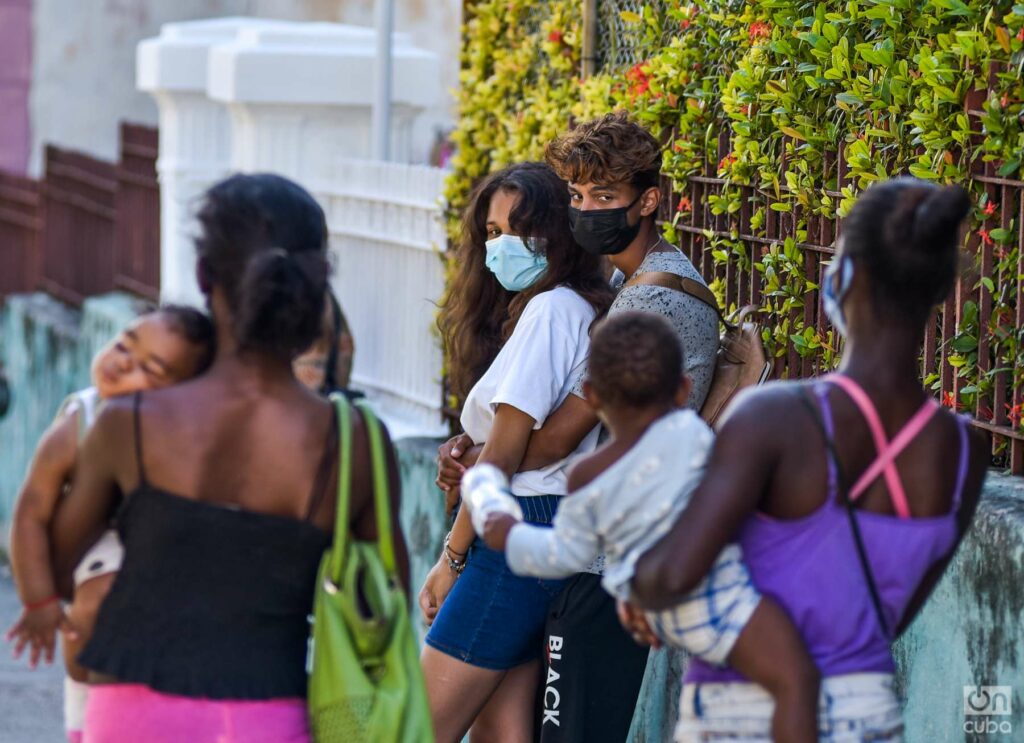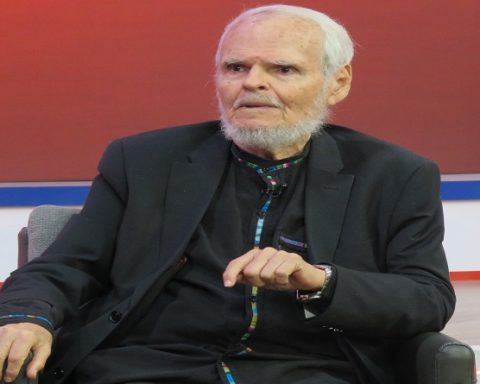The country’s Private Initiative (IP) ended 2022 in depression. Business confidence was clouded by a high inflationary level, the upward cycle of interest rates and the weakness in the Mexican economy.
The international context is added, which is also discouraging: the continuation of geopolitical conflicts; the possibility of the United States entering a recession, plus monetary tightening by the Federal Reserve (Fed) to reverse high inflation, and lockdowns in China causing disruptions in global supply chains.
Both the national and global scenarios caused the business community to mistrust the right time to invest, that is, the IP does not believe that it is currently convenient to inject capital.
Furthermore, pessimism permeated the most important sectors of national economic activity.
According to seasonally adjusted data from the Monthly Business Opinion Survey, the general Business Confidence Indicator (ICE) fell 2.99% at a monthly rate last December, which meant the second decrease in a row, as well as recording eight months with decreases in all of 2022.
This drop placed ICE, which is carried out by the National Institute of Statistics and Geography (Inegi), at 45.02 points, the lowest level in the last 22 months, whose results, Monex warns, are as alarming as in the initial months of the pandemic.
The decline in business confidence was widespread throughout the Mexican economy.
The four economic sectors considered by ICE, which are manufacturing, construction, commerce and services, presented monthly falls in December of last year.
The most pronounced sectoral collapses were in non-financial private services (5.28%) and in commerce (1.79%), manifesting the weakness in private consumption, whose trend foresees that tertiary activities will be the most affected at the beginning of 2023.
While the construction ICE contracted 1.11%, extending its streak to ten months with losses. This sector resents the cut in public investment, despite the federal government’s commitment to detonate the southeast of the country with large companies such as the Dos Bocas refinery, the Mayan Train or the Trans-Isthmic Corridor.
Special case
Manufacturing, the engine of the Mexican economy, was a special case. Although the confidence of the manufacturing entrepreneur decreased 0.47% in December, there was some certainty within it.
The components with increases occurred in the present economic condition of the country (0.22%) and in the future economic situation of both the company (0.33%) and the country (1.05 percent).
The foregoing shows that there is some optimism in the future, which could be sustained, according to Monex, in the opportunities of the current wave of nearshoring and the growing support for the energy transition in North America.
The decreases in the four ICE sectors had a common denominator: the economic present.
The greatest uncertainty was concentrated in the variables corresponding to the right time to invest and the current economic situation of the company.
This responds to the current national panorama. The Inegi Timely Indicator of Economic Activity revealed that the Mexican economy would fall 0.10% at a monthly rate in November 2022, after four consecutive months with increases.
Added to this is the high inflation, which in the first half of December stood at 7.77% at the annual rate, achieving more than 21 months above the objective of the Bank of Mexico (Banxico), which is 2-4 percent.
To take pressure off consumer prices, the central bank, in its last decision last year, decided to increase the reference rate by 50 base points, reaching 10.50 percent.
The monetary policy rate started 2022 at 5.50%; This upward cycle causes higher financing costs.
On the producer side, annual inflation in November was 5.68%, which, although it has been easing in recent months, has already been above the 5 percent threshold for almost two years.
Recession Ghost
It is also frightening that the ghost of the recession has not disappeared in the United States or in Mexico.
In the first half of 2022, the US economy found itself in a recessive phase, from which it emerged, for the moment, in the third quarter, growing 3.2%, but some indicators for the last stretch of the year point to weakness.
For Monex, the variations of the Mexican GDP in the first quarters of 2023 will be close to 0.0 percent.
“Although the bias is downward and we would not be surprised to see contractions that give rise to a new debate about the recession in our country,” concludes the financial group.












